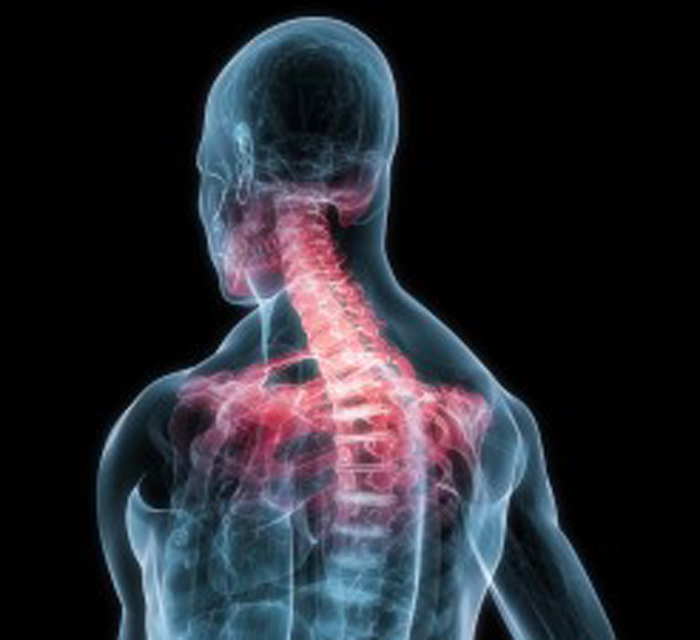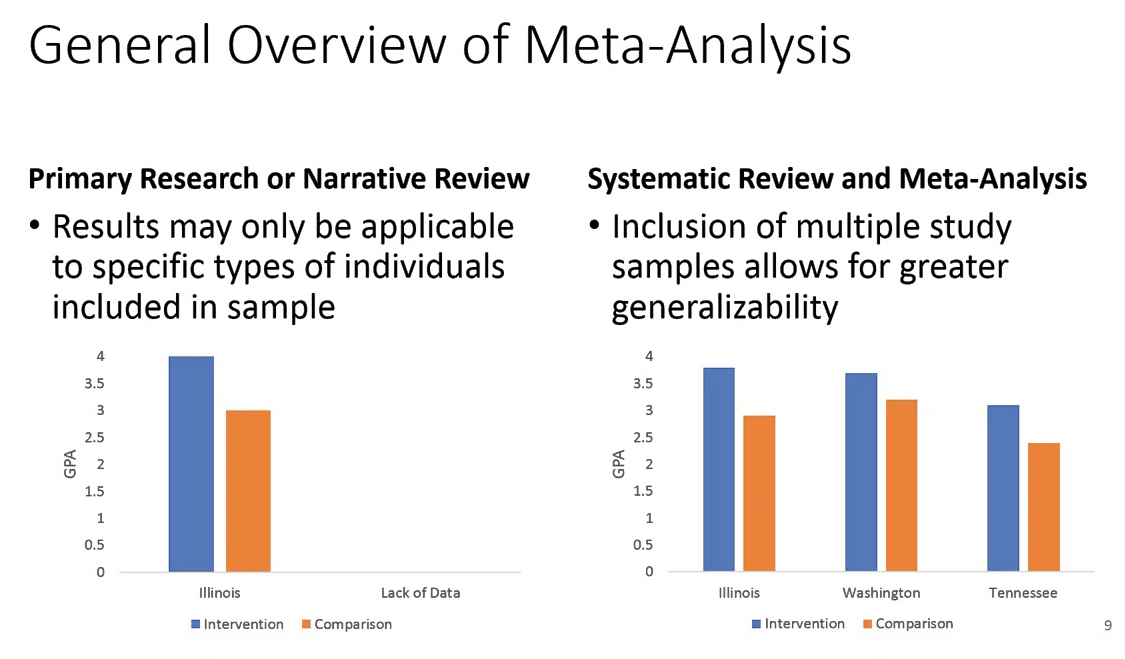Association Between Chiropractic Spinal Manipulation for Sciatica and Opioid-related Adverse Events: A Retrospective Cohort Study
Association Between Chiropractic Spinal Manipulation for Sciatica and Opioid-related Adverse Events: A Retrospective Cohort Study
SOURCE: PLoS One 2025 (Jan 28); 20 (1): e0317663
| OPEN ACCESS |
Robert J. Trager • Zachary A. Cupler • Roshini Srinivasan • Elleson G. Harper • Jaime A. Perez
Connor Whole Health,
University Hospitals Cleveland Medical Center,
Cleveland, Ohio, United States of America.
Background: Patients receiving chiropractic spinal manipulation (CSM) for spinal pain are less likely to be prescribed opioids, and some evidence suggests that these patients have a lower risk of any type of adverse drug event. We hypothesize that adults receiving CSM for sciatica will have a reduced risk of opioid-related adverse drug events (ORADEs) over a one-year follow-up compared to matched controls not receiving CSM.
Methods: We searched a United States (US) claims-based data resource (Diamond Network, TriNetX, Inc.) of more than 216 million patients, yielding data ranging from 2009 to 2024. We included patients aged ?18 years with sciatica, excluding those post-spine surgery, prior anesthesia, serious pathology, high risk of ORADEs, and an ORADE ? 1-year prior. Patients were divided into two cohorts: (1) CSM and (2) usual medical care. We used propensity score matching to control for confounding variables associated with ORADEs. Comparative outcomes were analyzed by calculating risk ratios (RRs) and 95% confidence intervals (CIs) for the incidence of ORADEs and oral opioid prescription between cohorts.
Results: 372,471 patients per cohort remained after matching. The incidence of ORADEs over 1-year follow-up was less in the CSM cohort compared to the usual medical care cohort (CSM: 0.09%; usual medical care: 0.30%), yielding an RR of 0.29 (95% CI: 0.25-0.32; P < .00001). CSM patients had a lower risk of receiving an oral opioid prescription (RR of 0.68 [95% CI: 0.68-0.69; P < .00001]).
Conclusions: This study found that adults with sciatica who initially received CSM had a lower risk of an ORADE compared to matched controls not initially receiving CSM, likely explained by a lower probability of opioid prescription. These findings corroborate existing practice guidelines which recommend adding CSM to the management of sciatica when appropriately indicated.
From the FULL TEXT Article:
There is more like this @
LOW BACK PAIN Section and the
ADVERSE EVENTS Section and the
OPIOID EPIDEMIC Section




